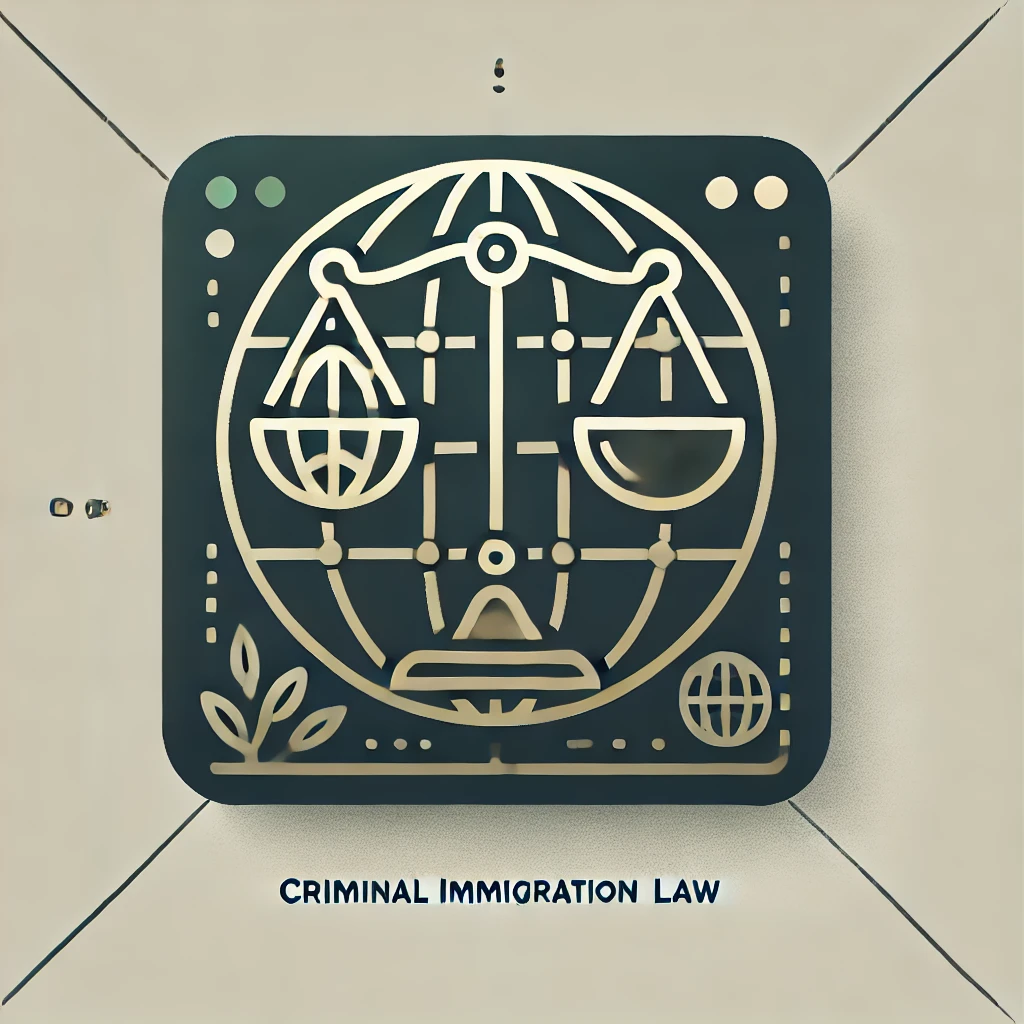Introduction
When it comes to navigating the murky waters of real estate disputes, understanding Injunctive Relief in Real Estate Disputes can be a game changer. Whether you’re a homeowner, a landlord, or a real estate investor, knowing how injunctive relief works can help you protect your interests and resolve conflicts effectively. In this article, we’ll dive deep into the concept, its applications, and what you need to know to safeguard your property rights.
Types of Injunctive Relief,
When is Injunctive Relief Used?,
How to Obtain Injunctive Relief,
Pros and Cons of Injunctive Relief,
Key Takeaways,
Conclusion
What is Injunctive Relief?
So, what exactly is injunctive relief? In simple terms, it’s a court-ordered act or prohibition against certain actions. Think of it as a legal way to hit the pause button on a situation that could cause harm. For instance, if a neighbor is building a fence that encroaches on your property, you might seek injunctive relief to stop the construction until the dispute is resolved. It’s all about preventing harm before it happens.
Types of Injunctive Relief
There are generally two main types of injunctive relief:
- Preliminary Injunction: This is a temporary measure that is put in place before a final decision is made in a case. It’s like putting a band-aid on a wound until you can get proper treatment.
- Permanent Injunction: This is a long-term solution that is issued after a case has been fully heard. It’s akin to a permanent fix for a recurring problem.
Both types serve the same purpose: to prevent harm, but they differ in duration and the circumstances under which they are granted.

USCIS taking too long? Discover how a Mandamus lawsuit can get your case moving.
Learn How a Writ of Mandamus Can HelpWhen is Injunctive Relief Used?
Now, you might be wondering, when should you consider seeking injunctive relief? Here are some common scenarios:
- Property Disputes: If you find yourself in a dispute over property boundaries, an injunction can help maintain the status quo while the issue is resolved.
- Lease Violations: If a tenant is violating lease terms, such as subletting without permission, you might seek an injunction to enforce the lease.
- Construction Issues: If construction on a neighboring property poses a risk to your property, an injunction can halt the work until the matter is settled.
In essence, if there’s a risk of irreparable harm, that’s when you should think about injunctive relief.
How to Obtain Injunctive Relief
Obtaining injunctive relief isn’t as simple as just asking for it; there’s a process involved. Here’s a step-by-step guide:
- Consult a Lawyer: First things first, talk to a legal expert. They can help you understand your rights and the likelihood of success.
- File a Motion: Your attorney will file a motion for injunctive relief with the court, outlining your case and the reasons for the request.
- Provide Evidence: You’ll need to present evidence that shows why the injunction is necessary. This could include documents, photos, or witness statements.
- Court Hearing: A judge will hold a hearing to consider your request. Be prepared to answer questions and provide additional information.
- Await the Decision: After the hearing, the judge will make a decision. If granted, the injunction will be issued, detailing what actions must be taken or avoided.
It’s important to note that the process can be complex and varies by jurisdiction, so having a knowledgeable attorney by your side is crucial.
Get complimentary general advice via email or WhatsApp!
For more in-depth legal counsel, phone or office consultations are available for a flat fee for up to 40 minutes.
Contact Us on WhatsApp Visit Our Contact PagePros and Cons of Injunctive Relief
Like anything in life, there are pros and cons to seeking injunctive relief. Let’s break it down:
Pros:
- Prevents Harm: The primary benefit is that it can prevent irreparable harm before it occurs.
- Legal Authority: An injunction carries the weight of the law, making it a powerful tool for enforcement.
- Quick Resolution: It can lead to a quicker resolution of disputes compared to lengthy court battles.
Cons:
- Time-Consuming: The process can still take time, especially if a hearing is required.
- Cost: Legal fees can add up, making it an expensive option.
- Not Always Granted: There’s no guarantee that a court will grant your request for injunctive relief.
Weighing these pros and cons can help you decide if seeking injunctive relief is the right move for your situation.
Key Takeaways
- Injunctive relief is a court order to prevent harm.
- There are two main types: preliminary and permanent.
- Common uses include property disputes, lease violations, and construction issues.
- The process involves consulting a lawyer, filing a motion, and presenting evidence.
- Consider the pros and cons before pursuing injunctive relief.
Conclusion
In the world of real estate, understanding injunctive relief can be your safety net in times of dispute. It’s a powerful tool that can help you protect your property and interests. However, navigating the legal landscape can be tricky, and it’s always best to seek professional legal help early on. Don’t wait until the situation escalates—reach out to a qualified attorney who can guide you through the process and help you achieve the best outcome for your case.
Related Articles
- Understanding Property Rights in Real Estate,
- The Role of Mediation in Real Estate Disputes,
- How to Handle Tenant Evictions Legally,
- Common Real Estate Contract Disputes and Resolutions,
- What to Do When Your Neighbor Encroaches on Your Property,
- Real Estate Litigation: When to Take Legal Action,
- Understanding Zoning Laws and Their Impact on Property,
- The Importance of Title Insurance in Real Estate Transactions,
- How to Resolve Lease Disputes Amicably,
- Real Estate Disputes: The Role of Arbitration,
